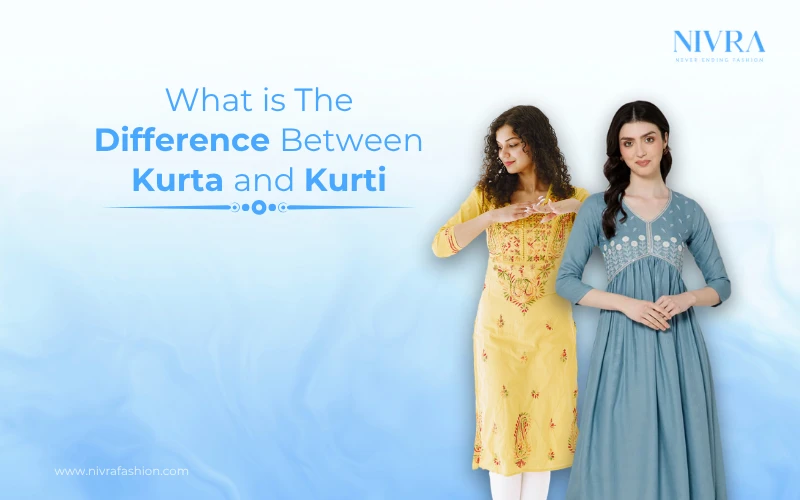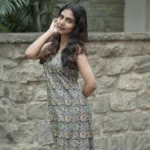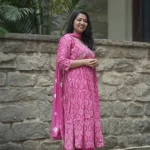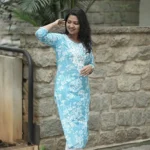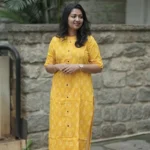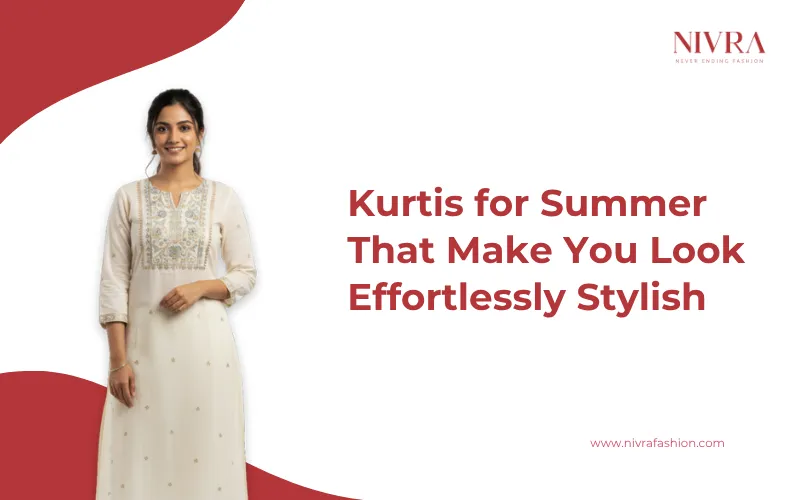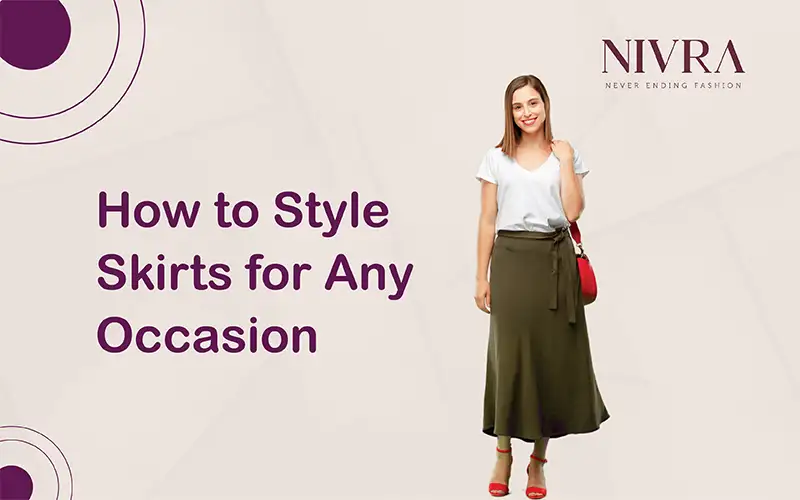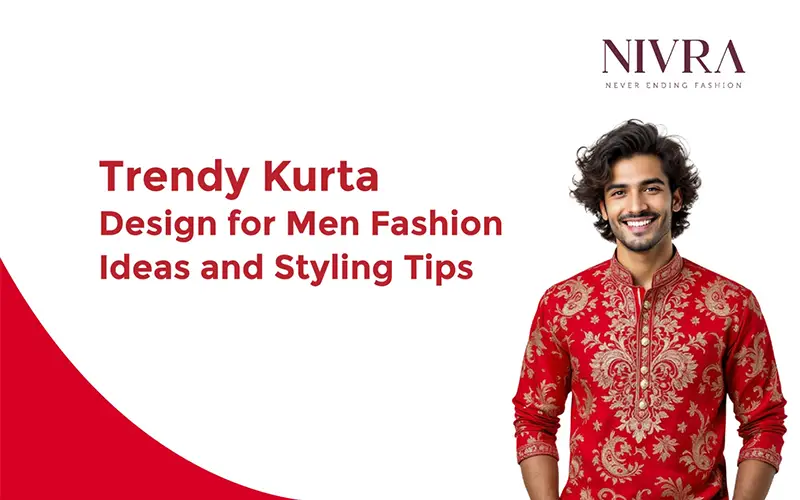The difference between kurta and kurti lies in their length, fit, fabric, sleeve and neck patterns. They may also vary considerably in the aspect of styling, bottom wear choices and occasion suitability.
It is a relevant topic in Indian fashion, as knowing the difference between these two popular ethnic kurtis can help you choose the right outfit for any occasion. These two traditional outfits hold significant importance in South Asian culture and are worn by many people across the region.
Continue reading this article to understand the difference between kurta and kurtis so that you can easily choose the right garment as per your style and occasion.
| Table of Contents: |
Key Differences Between Kurta and Kurti
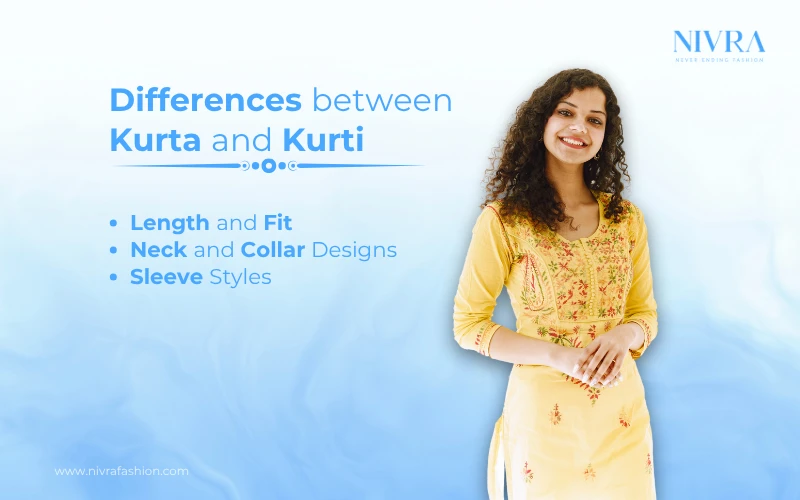
Here are the major differences between kurta and kurti:
|
Features |
Kurta |
Kurti |
|
Length & Fit |
Long and loose fit |
Short and fitted or semi-fitted |
|
Fabric |
Cotton, silk, chiffon, khadi |
Georgette, rayon |
|
Neck Designs |
Round, v-neck, mandarin collar |
Boat neck, keyhole, off-shoulder |
|
Sleeve Styles |
Long, short, ¾ sleeves sleeves |
Cap sleeves, ¾ sleeves sleeves, bell sleeves, sleeveless |
|
Bottom Wear |
Salwars, churidars, pyjamas |
Leggings, jeans, skirts |
|
Occasions |
Festivals, religious events, weddings |
Office wear, Casual wear, parties |
|
Style Appeal |
Classic and traditional look |
Modern and stylish |
Origin and Cultural Background
- Kurta: Kurta, with its origins in Central Asia, was initially worn by men as loose and comfortable tops. Eventually, the kurta became a common outfit for both men and women across South Asia. Kurta, which usually has a straight shape and involves simple stitching, are often decorated with embroidery and other details, making kurta suitable for daily wear as well as festive events.
- Kurti: Kurti is a newer outfit style that began in northern India. It is shorter and more fitted, which offers a modern and stylish look that is particularly suitable for women. It is a versatile outfit that is ideal for both casual get-togethers and formal occasions.
Length and Fit
- Kurta: Kurta is typically long and falls below the knee, and this fit gives it a relaxed, flowy feel that is suitable for any occasion. It usually has a loose fit and is made from light materials like cotton or silk, which are comfortable for any season. Its longer size also provides ample space for detailed designs and traditional decorative patterns.
- Kurti: Kurti, on the other hand, is shorter, usually ending at the hips or knees, and this style makes it look more modern and youthful. It is designed to be fitted or semi-fitted, which can help highlight the body’s shape. Kurti can be paired with various bottoms like leggings, jeans, or skirts for daily use.
Fabric Choices
- Kurta: The fabrics used for stitching kurta often include lightweight materials such as cotton, chiffon, and silk. These fabrics are suitable for warm and humid weather and make kurta breathable and comfortable, ideal for both daily use and fancy events. You may try kurtas made from thicker fabrics like wool or khadi silk for cooler weather, as they offer warmth and a classic look. The fabric of the kurta can entirely change its look and feel, making it suitable for any time of year.
- Kurti: Kurti is commonly made from materials like georgette and rayon. These light and flowy fabrics give kurtis a modern feel. Kurti is ideal for casual outings and special occasions, making it a comfortable and fashionable outfit.
Neck and Collar Designs
- Kurta: Kurta often features simple neck patterns, such as round or V-shaped, that provide a timeless outfit suitable for any occasion. It may also use a stand-up or mandarin collar, which also offers an elegant look. The neck pattern can significantly impact the kurta’s overall style, making it suitable for daily wear and special occasions. Traditional kurtas may also often have detailed embroidery around the neckline.
- Kurtis: Kurti offers various neckstyles to keep up with current trends. Some of the most common options include boat necks, keyhole cutouts, and off-the-shoulder designs. These diverse neck and collar styles make kurtis flexible for various occasions and allow them to pair with different accessories and jewellery.
Sleeve Styles
- Kurta: Kurtas usually have long sleeves that go down to your wrists, giving it an elegant style. You can also find them with shorter or three-quarter sleeves, depending on what you like or the weather. The sleeve length can really change how a kurta looks and feels, making it suitable for various occasions.
- Kurti: Kurtis, however, offers a wider variety of sleeve styles to keep up with today’s fashion. You can also get kurtis with very short cap sleeves, three-quarter sleeves, or even no sleeves at all. Designers also add unique sleeves like bell, bishop, or flutter sleeves, which give the traditional kurti a fresh, modern touch.
When to Wear Kurtas and Kurtis
- Kurta: Kurtas are an excellent option for many occasions, from daily wear to big celebrations. The loose and long style of kurtas makes them a good choice for religious events, family gatherings, or weddings. Kurtas made with rich fabrics like silk or those decorated with heavy work will look very grand and are perfect for festivals and special days.
- Kurti: Kurtis are a versatile outfit and can be worn for both simple and fancy events. Their shorter and more fitted look makes it a smart choice for daily wear. For formal events, kurtis made with soft and rich fabrics like velvet or silk will add a touch of style and charm to the entire outfit.
Style Trends
- Kurta: Kurtas have been a favourite outfit for women over the past many years, especially for traditional and formal events. The long and loose design of kurtas gives them a comfortable and graceful look, making them perfect for weddings, pujas, and festivals. Women’s kurtas often feature pretty designs and are made from soft and airy fabrics like cotton or silk, which helps you look stylish.
- Kurti: Kurtis are a recent hit in everyday fashion. The shorter and fitted shape of the kurtis matches the modern styles and gives a smart look. Designers also make kurtis in various fabrics and new styles, like off-shoulder kurtis, so they can be worn for all kinds of occasions, from daily wear to parties.
The Bottom Line
If you have a clear understanding of the differences between kurta and kurti, then you will be able to choose the right one that suits your purpose and style. They mainly differ in their length, fit, the way it is styled, and more. Kurtas are usually longer and have a loose fit, whereas kurtis are shorter and fit more tightly to the body. Both outfits can be worn for different occasions, like for daily use or special events.
Frequently Asked Questions on Kurti vs Kurta
Is Kurta for Men or Women?
Kurtas were initially made for men, but now both men and women wear them. The kurtas for women will have a loose fit and are longer in length, which makes them very comfortable and stylish. They are a great choice for many events, from daily wear to special occasions.
What is the main difference between kurta and kurti?
The main difference between kurta and kurti lies in their length and fit.

